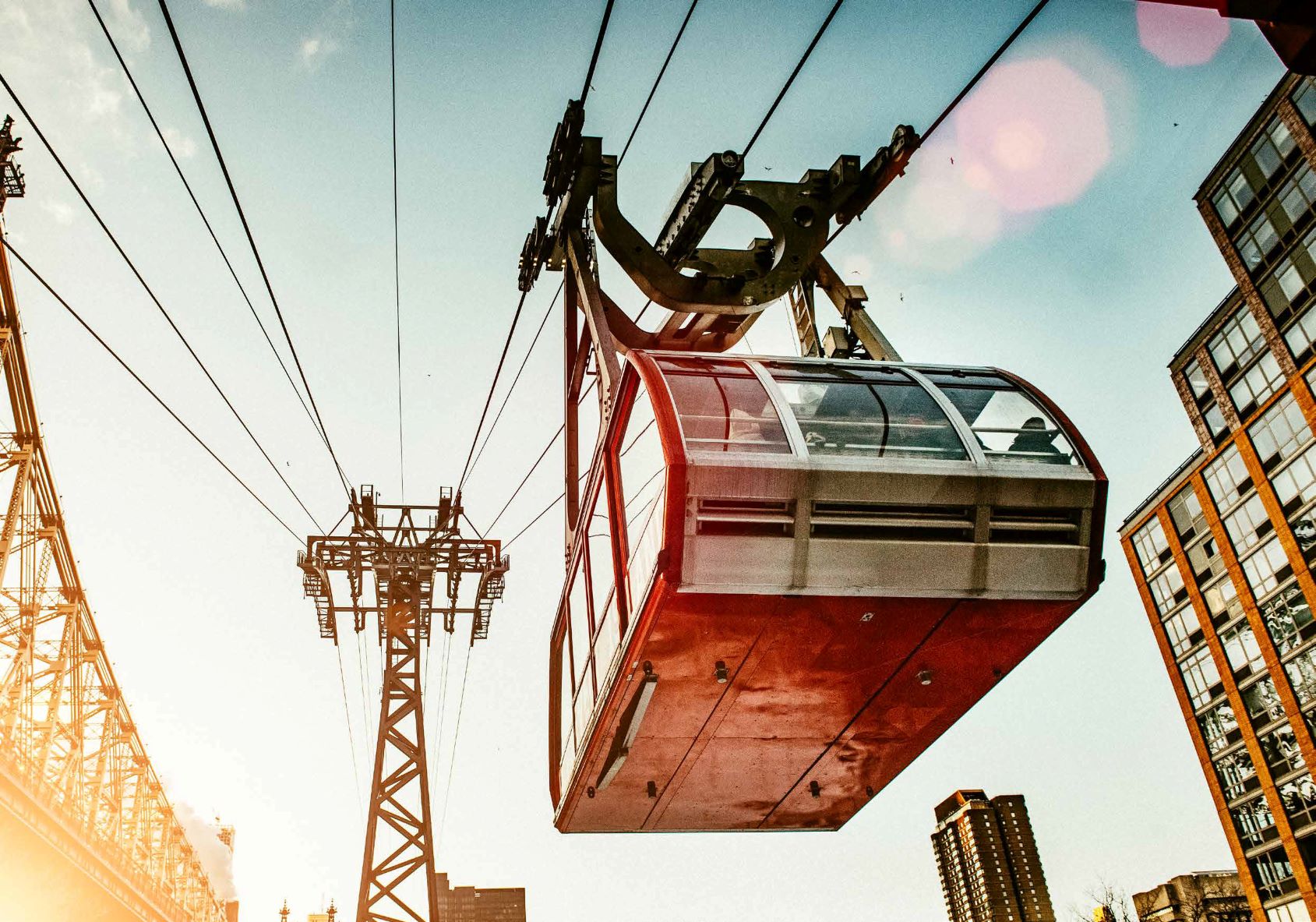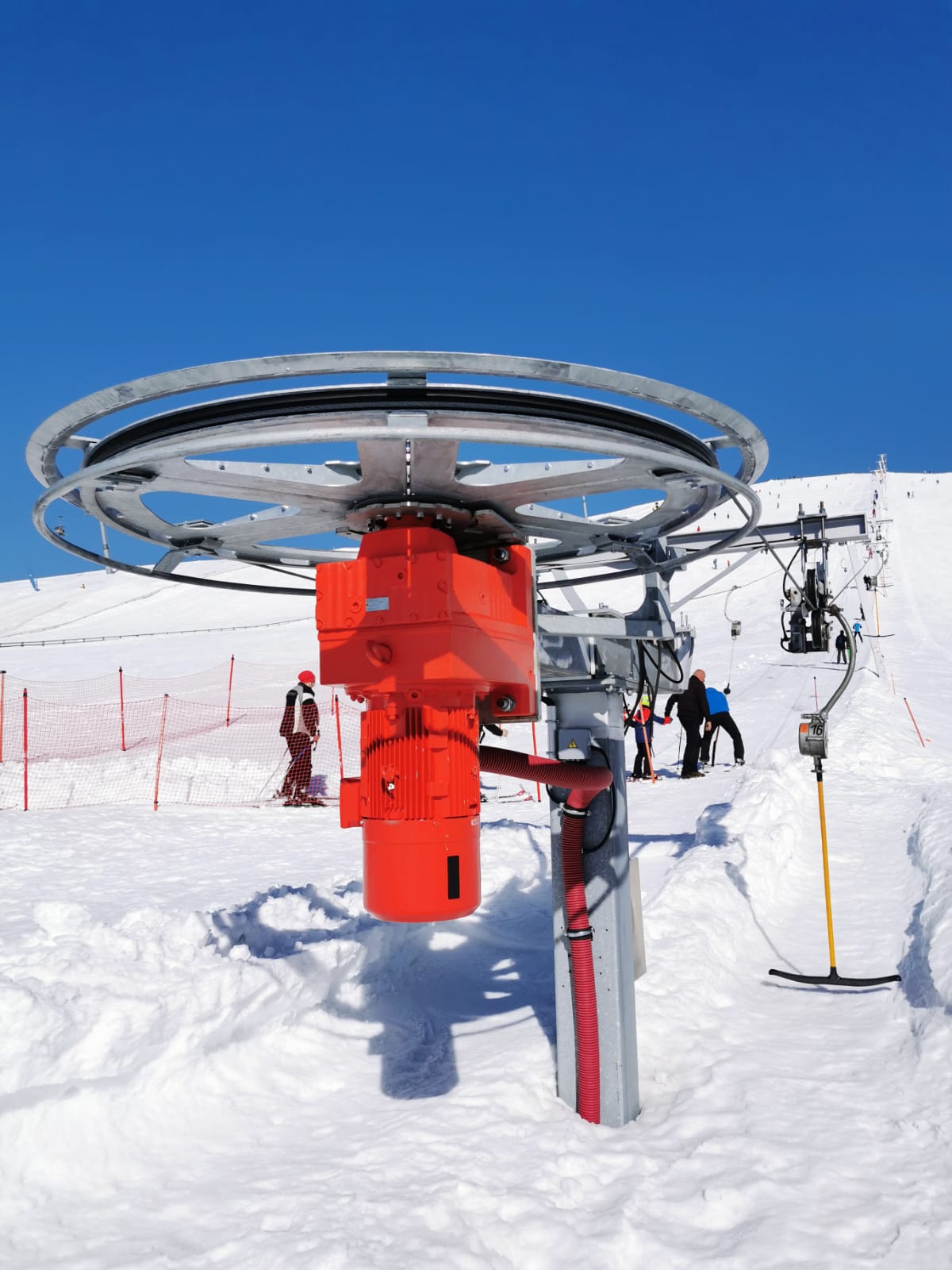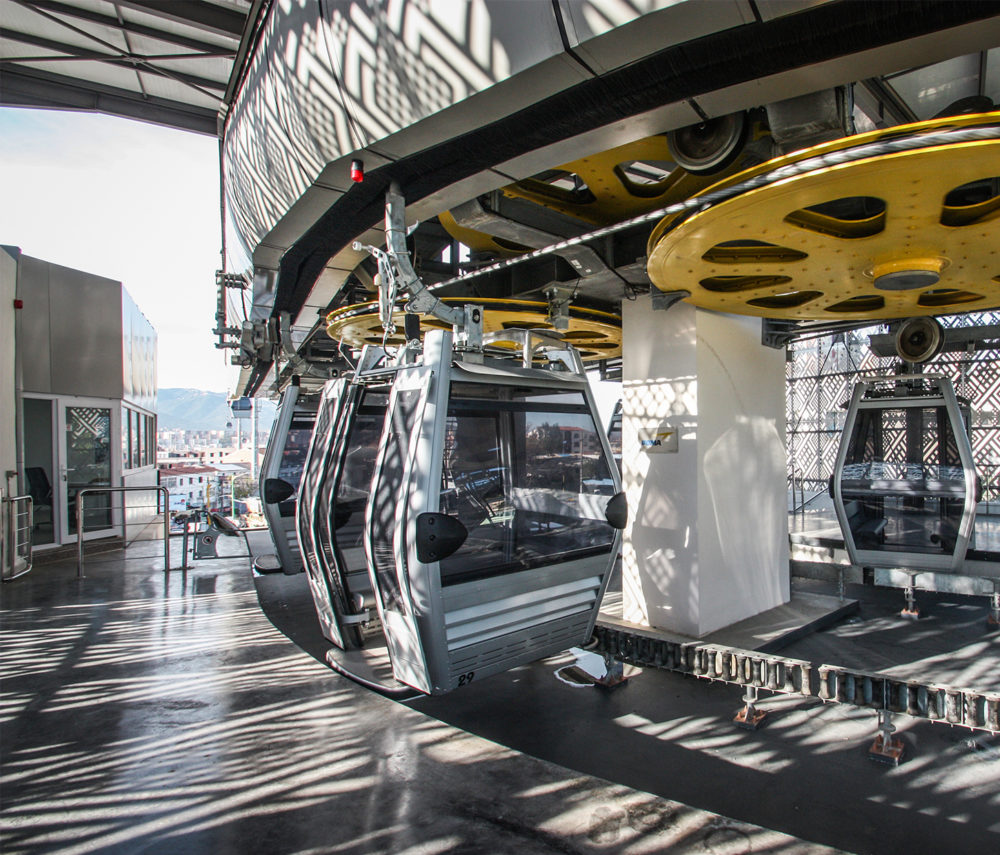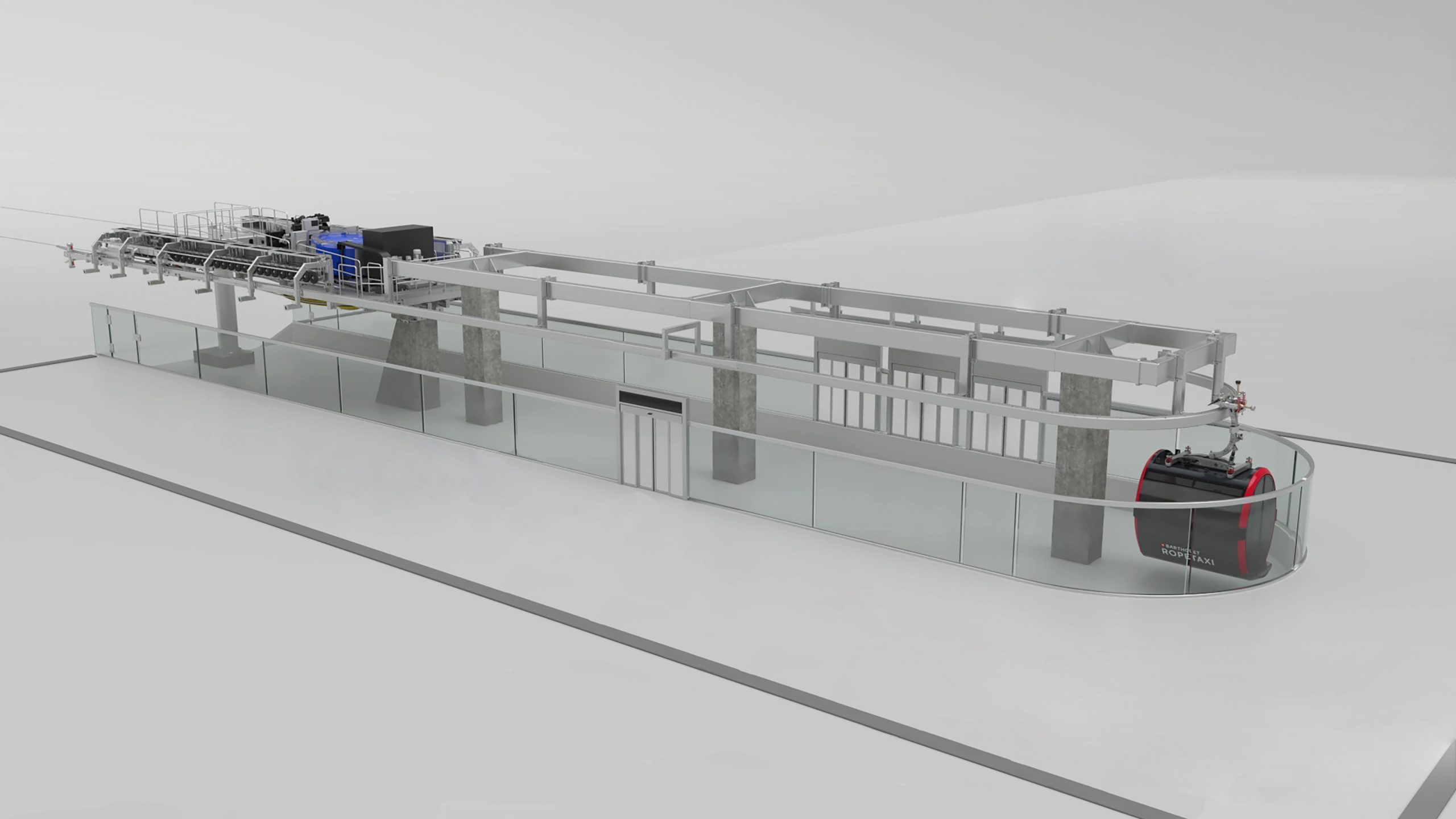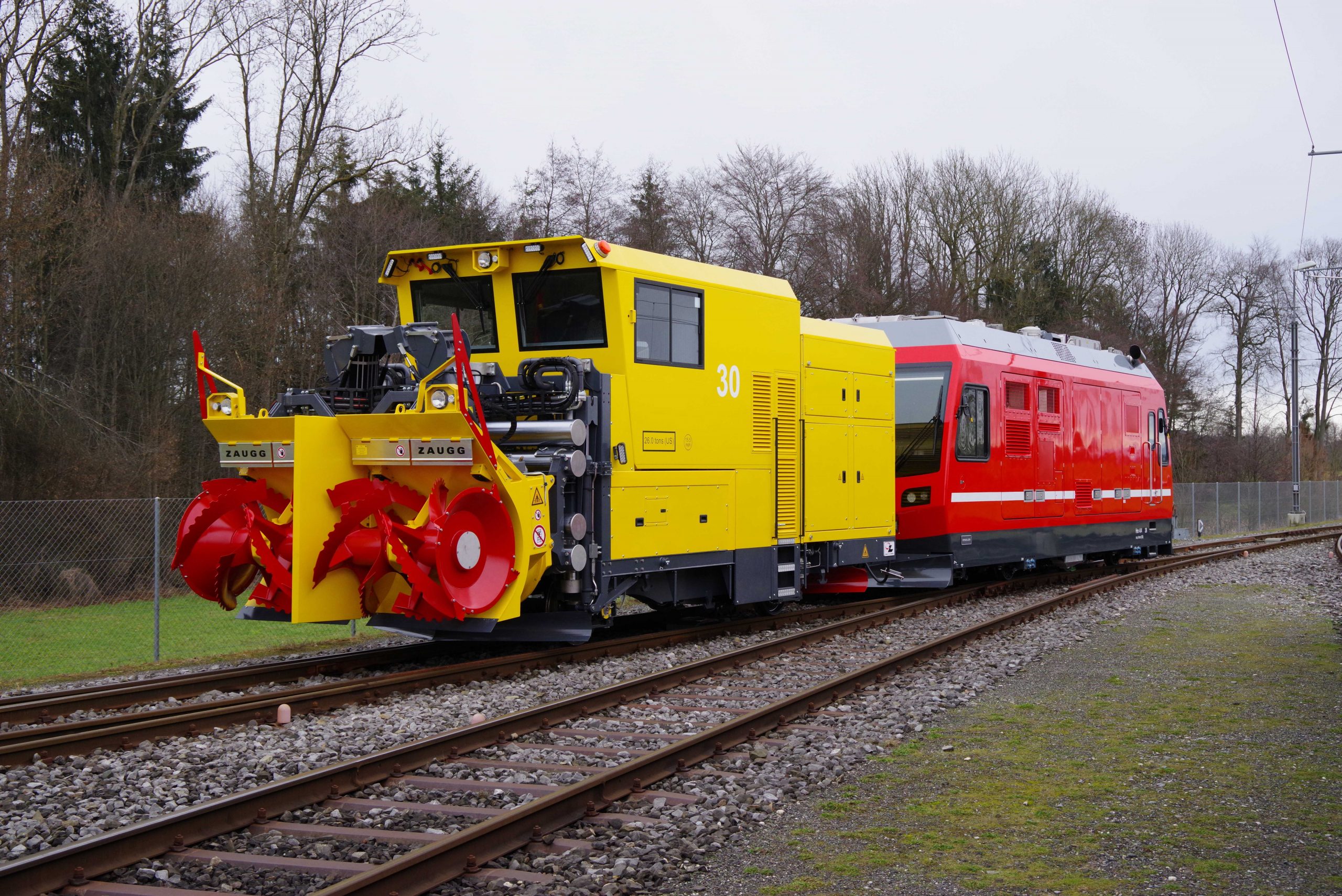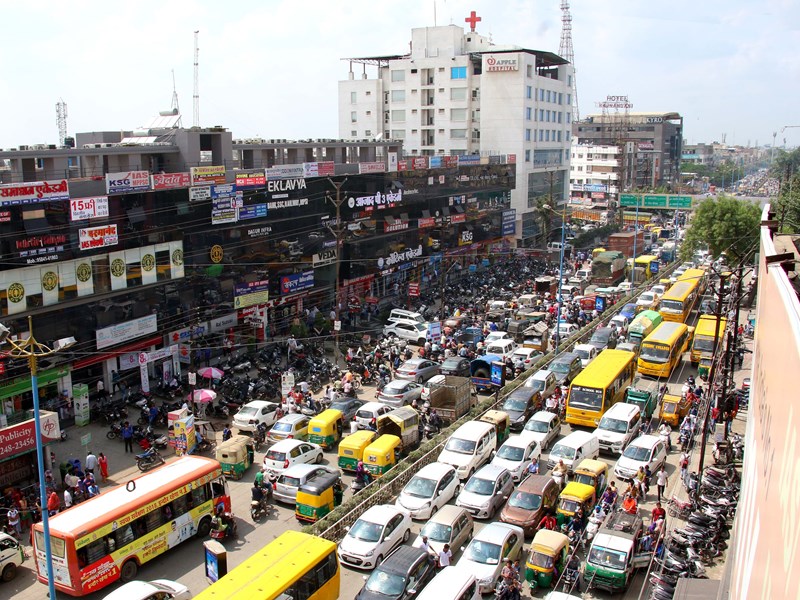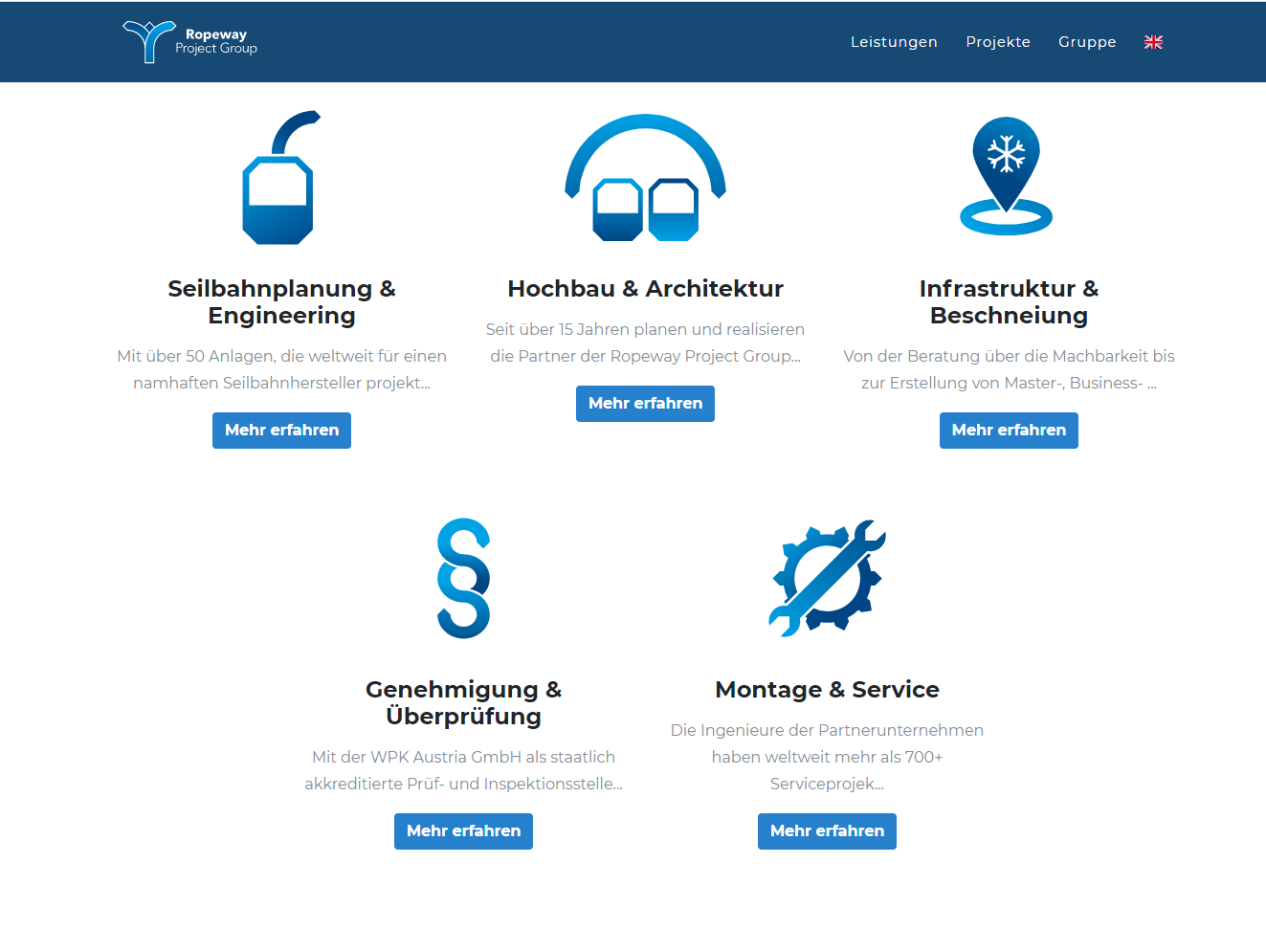CITIES
Cable cars and cableways function as an efficient means of transport in an urban setting. Find out more on our blog!
National Guidlines for Execution
The German federal ministry of transport and digital infrastructure (BMVI) commissioned Stuttgart-based planning and consultancy company Drees & Sommer SE together with the Stuttgart institute of transport science (Verkehrswissenschaftlichen Institut Stuttgart GmbH – VWI) to compile a study on the “urban and transport planning integration of urban cable car projects”. The desired result will be a guideline for the “implementation of urban cable cars as a part of local public transport”, which should be available in two years’ time.
Enrope: From spare to complete lift
Whether for the compact LUIS LIFT, individual spare parts or custom products: German manufacturer enrope is a specialist in innovative cable car technology and therefore attracts customers worldwide.
Urban cable car from Poma operates with huge success
The urban cable car in Tizi Ouzou has been in operation for a good year. Over 20,000 people travel on the cable across the Algerian city every day. Now, the route is to be extended further.
Ropetaxi – a world first from Bartholet
Swiss cable car manufacturer BARTHOLET Maschinenbau AG from Flums has been using the last few months to develop new operating concepts. The result is a pioneering solution in the area of the detachable single-cable circulating track, which meets the needs of cable car operators and passengers alike.
Not all emissions are the same
Mobility is changing and there are many reasons for this, which range from environmental conservation to digitalisation. The various transport systems are therefore tested thoroughly and must also withstand comparison with one another.
New snow blower for cog railway
On behalf of Stadler Rail, Swiss manufacturer ZAUGG is supplying a large machine to cog railway Broadmoor Manitou & Pikes Peak Railway (MPPR). The snow blower is a prime example of use on tourist excursion railways that have to deal with snow.
Emergency App for Titlis
Since the start of the current winter season, the piste rescue team at TITLIS mountain railways has been contactable on the free emergency app, EchoSOS.
Digitalisation – actual & vision: Digital trends after Covid-19
Covid-19 is fuelling digitalisation. For ski resorts and tourist destinations worldwide, where is digital development heading? In an interview with SI: Gilberto Loacker from Alturos Destinations.
Hyderabad contemplating a cable car
Hyderabad (India) is drowning in congestion. Even the construction of an underground railway has made no difference here.
More tourism for Sri Lanka
Now, Minister of Tourism Prasanna Rantunga wants to boost Nuwara Eliya’s provision for tourists - with a cable car as well.
Minister of Road Traffic responsible for cable cars
New Delhi wants to make it easier to implement cable cars as alternative mobility solutions and has therefore allocated this area to the Indian Minister of Road Traffic.
The ropeway project group
Under the name “Ropeway Project Group”, a group of cable car experts from Austria and South Tyrol has joined forces to form a network, offering cable car customers a one-stop solution for the planning, implementation, review and operation of cable car projects, including snowmaking equipment.
